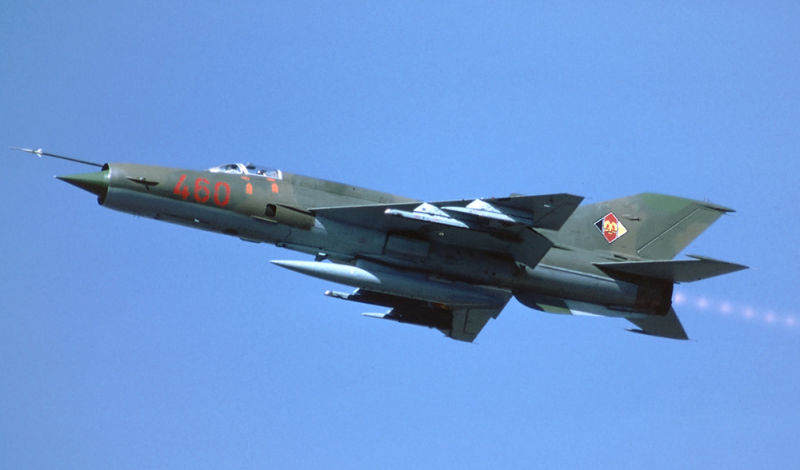Welcome to This Date in Aviation History, getting of you caught up on milestones, important historical events and people in aviation from February 12 through February 14.
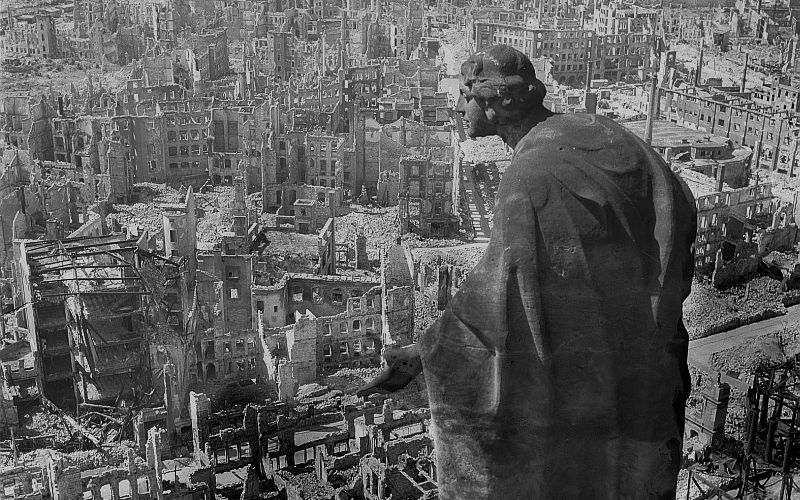
February 13/14, 1945 – Thousands of Allied bombers attack the German city of Dresden. The city of Dresden dates back more than 700 years, when the first Slavic peoples settled on the banks of the River Elbe. Over the following centuries, the city grew and eventually became the capital of the German state of Saxony. As home to the Electors and Kings of Saxony, Dresden flourished as a center of government, art, and architectural beauty, often referred to as the Jewel Box for the ornate buildings that filled its city center. During WWII, Dresden had become a vital transportation hub for Germany, the southern terminus of a major rail line linking the city with Leipzig and the German capital Berlin to the north. It was home to large rail marshaling yards, as well as more than 100 factories producing materiel for the German war machine.

By 1944, aerial bombardment had become commonplace. It began in WWI with the arrival of the first airplanes, and bombs were dropped by hand. With the rapid pace of aircraft development, large, purpose-built bombers soon appeared, and bombers grew in size, complexity, and potency between the wars. At the time, bombing missions fell into two basic categories: tactical and strategic. Tactical bombing was meant to destroy a specific target for an immediate purpose such as taking out a bridge to halt an advance or retreat, or destroying enemy troops in battle. Strategic bombing, as espoused by Italian general Giulio Douhet and adopted by the Americans and British, favored bombing large cities for the long term strategy of destroying factories, halting transportation, and breaking the morale of the civilian population in the hopes that they would force their leaders to sue for peace. In practice, the British favored nighttime area bombing, while the Americans made use of “precision” bomb sights during daylight raids.
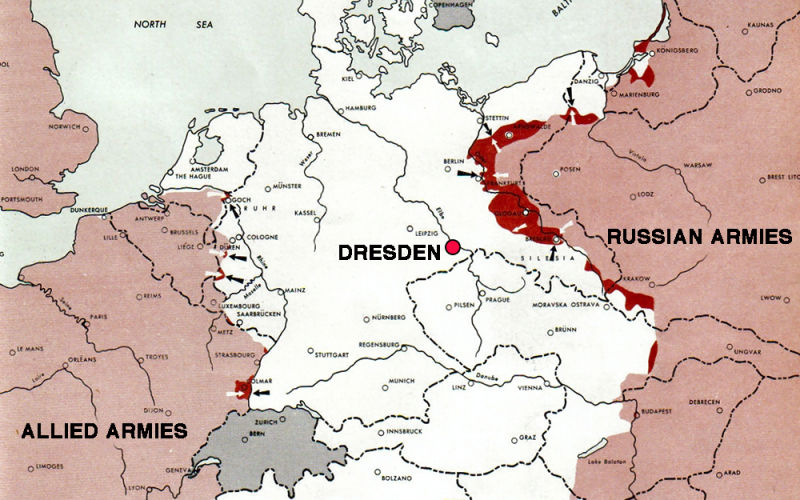
Following the D-Day invasion at Normandy on June 6, 1944, the Western Allies methodically pushed eastwards towards Germany, while the Russians were advancing as quickly as possible from the east in the hopes of being the first to reach Berlin. By February 1945, with the end of the war just three months away, Dresden’s normal population of 600,000 had been more than doubled by the influx of 700,000 refugees fleeing Russian advances in the east and by evacuees coming south from Berlin. Despite the presence of so many noncombatants, the British, American, and Russian military commands all viewed the city as a critical strategic target. If they could knock out the rail yards, they could cripple Germany’s capability to move troops along the Eastern Front. Russia especially was concerned about Wehrmacht troops being sent to blunt the offensive by Marshal Konev’s army as it advanced on Dresden. Based on the argument that the city represented a legitimate military target, the Americans and British agreed to Russia’s request that the ancient city, as yet relatively unscathed by the ravages of war, be bombed by the Allies. US strategists believed that “heavy air raids would increase the panic and confusion already prevalent” and “have a decisive effect in speeding up the disintegration of Hitler’s regime.” Dresden had become a target of “highest importance.”
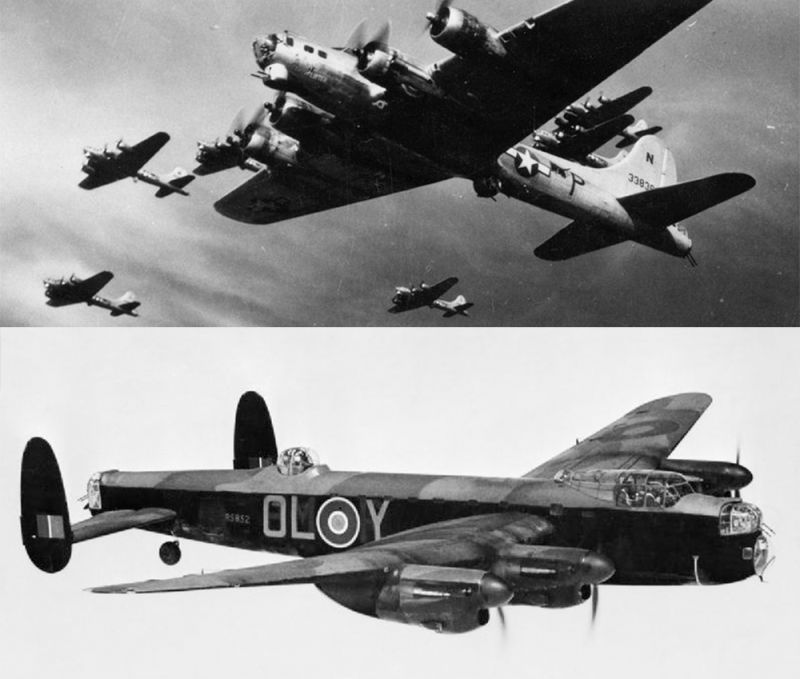
On the night of February 13, approximately 244 British Avro Lancaster bombers loosed their payloads of high explosive bombs and incendiaries on the center of the historic German city. The raid was followed three hours later by 529 more Lancasters. That timing interval was chosen specifically so that fire crews would be in the streets battling the inferno started by the first wave when the second wave arrived. In all, the British dropped 2,659 tons of ordnance on the city that night. Over the next two days, guided by a column of smoke that reached 15,000 feet into the air, a total of 527 American B-17 Flying Fortresses, escorted by 784 P-51 Mustangs, arrived over Dresden and dropped 1,247 tons of incendiaries and high explosives aimed at the railways and marshaling yards. Casualty estimates have varied widely over the years, but analysts generally agree on a toll of 25,000 civilians killed, with an additional 30,000 wounded. An estimated 85% of the city center was burned out or leveled, including 27,000 homes and 7,000 public buildings. German estimates in the wake of the boming claimed as many as 300,000 victims, though that number was almost certainly inflated for propaganda purposes. Germany also alleged that American fighters strafed civilians fleeing the burning city, but there is no evidence to support that claim.
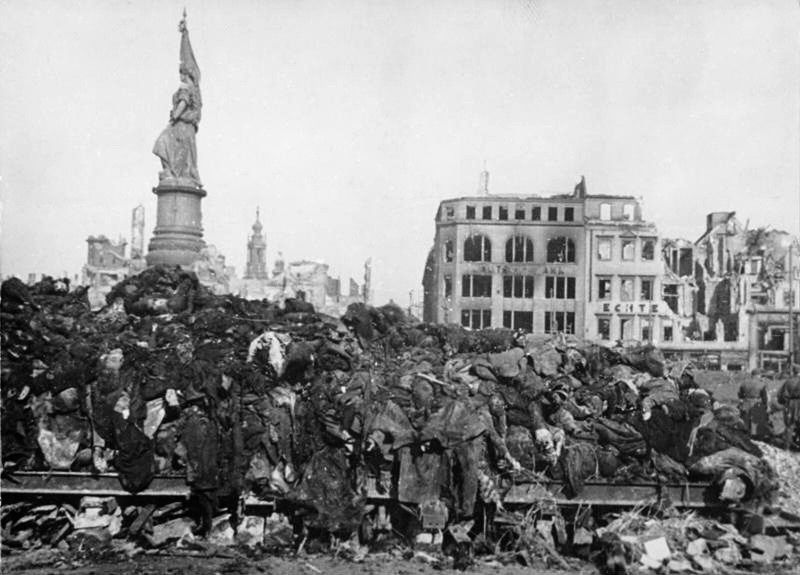
But was the bombing necessary? In postwar analyses, the Allies justified Dresden as a legitimate target of strategic importance, and said that the loss of civilian life was an unfortunate cost of hastening the end of the war. They also pointed out that, no matter how horrific the death and destruction in Dresden, the numbers paled in comparison to attacks on other German cities. The Allies also made the case that it was the Russians that asked for the attack to take place, and much of the negative press surrounding the bombing was actually ginned up after the war by Soviet propagandists seeking to discredit the West in the eyes of East German citizens. Military historian J.F.C. Fuller suggested that the railways could have been attacked around the city, in a sort of aerial siege, that would have cut it off from Wehrmacht supply lines while leaving the civilians unmolested. Nevertheless, Dresden was bombed two more times, as were other German cities, in the remaining months of the war, while the overall effectiveness of strategic bombing remains unclear.
Kurt Vonnegut, an American author famous for his novel Slaughterhouse Five, served as an infantryman in Europe and was captured in the winter of 1944 during the Battle of the Bulge. Transported to Dresden, he was present during the bombing. Upon his release, he wrote a letter to his parents that documents his harrowing travels as a prisoner, and his experiences as a POW in the devastated city following the bombing.
Sources:
Why Dresden Was Bombed, by Mr. Joseph P. Tustin, Chief Historian, USAF in Europe, 1954.
Historical Analysis of the 14-15 February 1945 Bombings of Dresden, prepared by the USAF Historical Division, Research Studies Institute, 1945.
Fuller, JFC. The Second World War. New York, Da Capo Press, 1948.
Short Takeoff
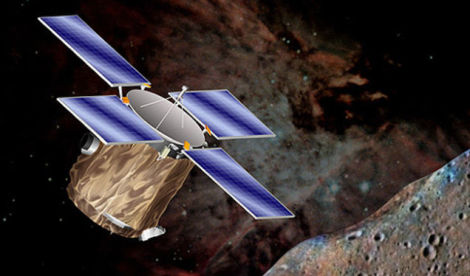
February 12, 2001 – The NEAR Shoemaker spacecraft becomes the first spacecraft to land on an asteroid. The Near Earth Asteroid Rendezvous (NEAR) robotic space probe, whose name was them appended with Shoemaker in honor planetary scientist Eugene Shoemaker, was launched on February 17, 1996 and sent to study the near-Earth asteroid 433 Eros. After first orbiting the asteroid, the probe landed on the comet on February 12, 2001. The mission was launched to gain up-close data on the composition of the asteroid and, following a gentle touchdown on the surface of Eros, the spacecraft continued to transmit data to Earth until February 28, 2001.
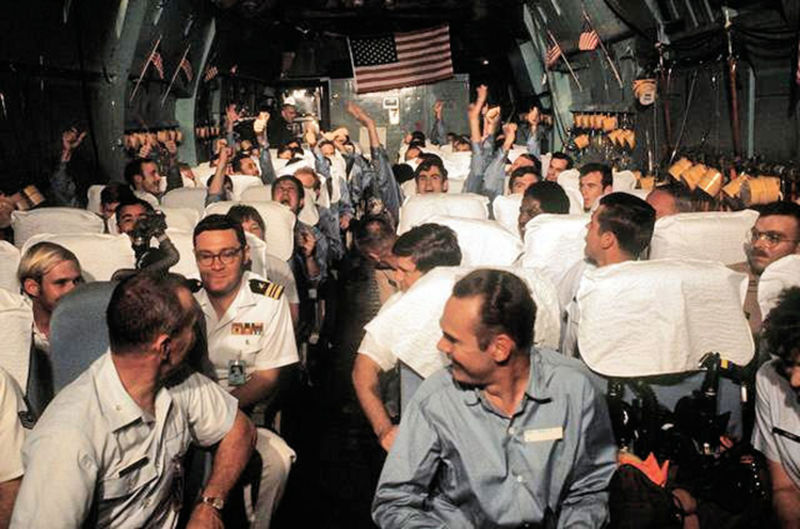
February 12, 1973 – US Air Force Lockheed C-141 Starlifter Hanoi Taxi brings the first US prisoners of war home from Vietnam. The United States became involved in the Vietnam War in 1955, and over the course of more than seventeen years of conflict nearly 600 American military personnel were taken prisoner. The vast majority were US Air Force, Marine, and Navy pilots who were shot down on missions over the North or areas of the South held by Communist troops. The Paris Peace Accords, signed on January 27, 1973, officially ended the war, and the repatriation of American POWs began the following month. On February 12, 1973, three Lockheed C-141 Starlifters landed in Hanoi while one McDonnell Douglas C-9 Nightingale was sent to the former South Vietnam. The first group of freed prisoners left Hanoi aboard a C-141 nicknamed Hanoi Taxi, the first of 54 missions flown by Starlifters to return 591 American POWs. The last POWs departed Vietnam on April 4, 1973. The Hanoi Taxi is now on display at the National Museum of the United States Air Force in Ohio.
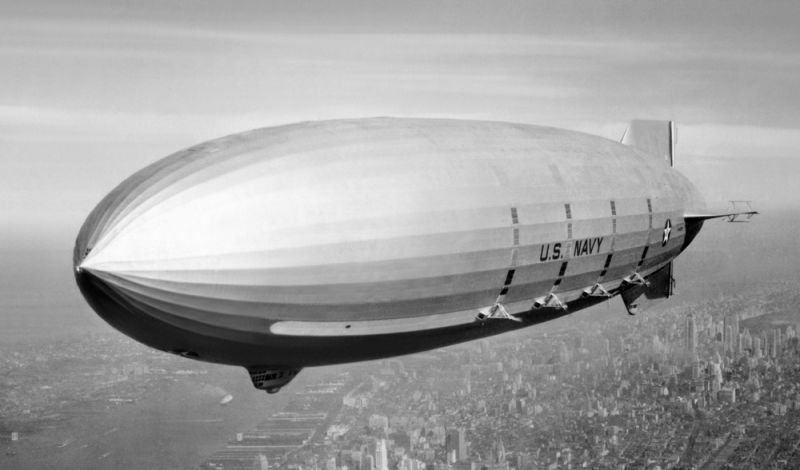
February 12, 1935 – The crash of the rigid airship USS Macon (ZRS-5). Macon and her sister ship USS Akron (ZRS-4) were rigid airships flown by the US Navy for reconnaissance and as flying aircraft carriers. Akron crashed during a thunderstorm on April 4, 1933 with the loss of 73 members of its 76-man crew, the second loss of a US Navy dirigible after USS Shenandoah (ZR-1). While returning from fleet maneuvers, Macon encountered a thunderstorm near Point Sur, California and was damaged by wind shear. The commander ordered that ballast be discharged, and Macon climbed to nearly 5,000 feet before beginning a 20-minute descent to the Pacific Ocean. Based on lessons learned from the crash of Akron, all of the crewmen were wearing life jackets, and only two were lost. Nevertheless, the crash sealed the fate of the dirigible in Navy service, though the use of non-rigid blimps continued into the 1960s.

February 13, 2019 – NASA declares that the Mars rover Opportunity is dead, ending a 15-year mission to explore Earth’s closest neighbor. Opportunity, known officially as Mars Exploration Rover B, was launched on July 7, 2003 and was expected to operate for 90 Earth days. Instead, the plucky rover ran for 15 years and and traveled 28 miles, capturing 217,594 images and returning a trove of data on Martian geology and atmospheric conditions, as well as evidence of historic water on the surface. Opportunity’s sister rover Spirit, or MER-A, with a similar mission on the opposite side of the planet, became mired in 2009 and lost communications with Earth the following year. Opportunity was most likely the victim of sandstorms that coated the rover’s solar panels with dust and dirt, making it impossible for the rover to wake up and charge its batteries. Following 835 unsuccessful attempts to make contact, NASA declared the rover dead. Another rover, Curiosity, landed on Mars in 2012 and continues to explore the Red Planet, while NASA prepares to launch the Mars 2020 rover in July 2020.
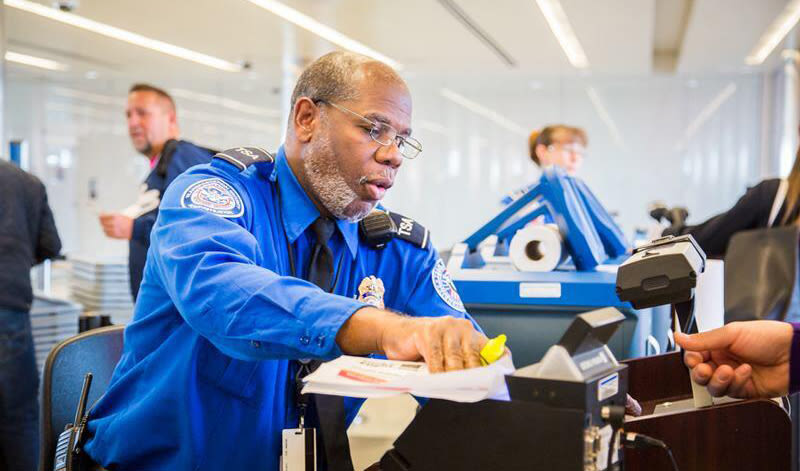
February 13, 2002 – The Transportation Security Administration (TSA) takes over airport security from the Federal Aviation Administration. Prior to the creation of the TSA, aviation security was handled by private contractors hired by the airports or the airlines. Following the terrorist attacks against the US on September 11, 2001, the TSA was created as part of the Aviation Transportation and Security Act to place airport security under federal jurisdiction. The TSA employs 51,000 Transportation Safety Officers (TSO) who screen travelers at all types of transportation centers in the US, though their primary mission is airport security. The TSA is housed under the Department of Homeland Security and, in addition to checkpoint screening agents, the TSA employs Federal Air Marshals, Transportation Security Inspectors, and canine explosive detection teams.
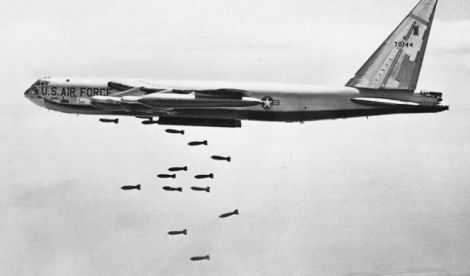
February 13, 1965 – US President Lyndon B. Johnson authorizes Operation Rolling Thunder, a sustained campaign of aerial bombardment against North Vietnam that lasted more than three years. Following Johnson’s authorization, the first bombs were dropped on March 2, 1965. The prolonged campaign attempted to boost South Vietnamese morale, to stop the North Vietnamese government from supporting Communist rebels in the south, to destroy the transportation system of North Vietnam, and to prevent the flow of war materiel into the south. American and South Vietnamese aircraft faced dogged and sophisticated resistance to the attacks, and over 900 aircraft were lost, resulting in the death of 255 US Air Force pilots with 222 captured, while the US Navy and Marine Corps suffered 454 pilots killed, captured or missing in action. Despite 864,000 tons of bombs dropped during more than 300,000 sorties, Rolling Thunder was ultimately unsuccessful.
February 14, 1955 – The first flight of the Mikoyan-Gurevich MiG-21. The MiG-21, NATO reporting name Fishbed, is the most-produced supersonic fighter in history with over 11,000 built between 1959-1985. Notable for its delta wing and traditional tailplane, the MiG-21 was designed principally as a simple, rugged air superiority fighter, and it served as the principal low-level air combat fighter flown for the Soviet Union and its Eastern Bloc allies. Comparable to the Lockheed F-104 Starfighter or Northrop F-5 Freedom Fighter, the MiG-21 was continuously upgraded throughout its service life, and was also built under license by China. The Fishbed was widely exported, serving historically in 45 countries, and is still flown by the air forces of 17 nations.
Connecting Flights
If you enjoy these Aviation History posts, please let me know in the comments. You can find more posts about aviation history, aviators, and aviation oddities at Wingspan.
